
NASA’s Curiosity mission has just passed a special milestone. On Monday, NASA announced that Curiosity has now surpassed 4,000 sols, or days on Mars.
The small-SUV-sized rover reached the Red Planet on August 5, 2012, to explore Gale Crater for signs that past or present life could have existed on Mars. To find glimmers of this evidence, Curiosity has sojourned across a sediment-rich landscape on the alien planet with its six wheels over the last 11 years.
Curiosity is the oldest active Martian rover, taking over the title in 2019 when the 15-year-old Opportunity mission ended. NASA personnel think Curiosity still has quite a bit of life left.
“Despite having driven almost 20 miles (32 kilometers) through a punishingly cold environment bathed in dust and radiation since 2012, Curiosity remains strong,” according to a statement published Monday from NASA’s Jet Propulsion Laboratory in California, the hub for Curiosity and the fleet of NASA’s Mars explorers.
To commemorate Curiosity’s accomplishment, Inverse has compiled images that define Curiosity’s last decade.
Billions of years of history
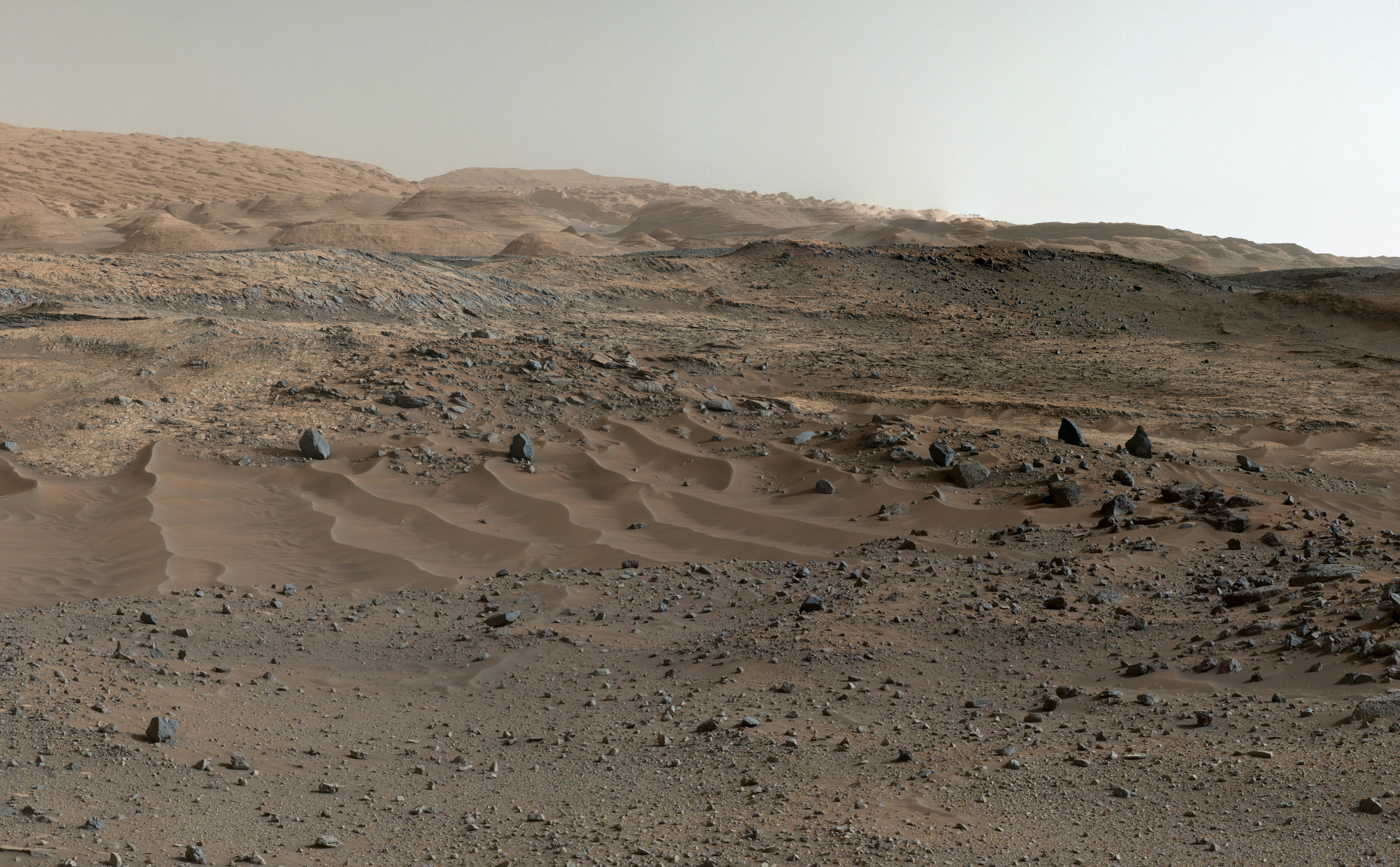
On April 10 and 11, 2015 — Curiosity’s 952nd and 953rd sols on Mars — both of its Mastcam lenses worked together to create this expansive view of the alien landscape.
According to JPL’s image description, the sand ripples and gravel that appear in the middle and at the bottom of this image were the sort of terrain that Curiosity first traversed. The rover left behind its landing site to reach Mount Sharp, a 3-mile-high peak in the middle of Gale Crater.
"This may be one of the thickest exposed sections of layered sedimentary rocks in the solar system. The rock record preserved in those layers holds stories that are billions of years old — stories about whether, when, and for how long Mars might have been habitable,” Joy Crisp, Curiosity deputy project scientist at JPL, shared in a statement NASA published in 2011.
Alien sunset

To produce this view of a sunset on another planet, Curiosity’s team stitched together four images that Mastcam’s left eye captured over the span of 6 minutes, and 51 seconds. This sequence was captured on April 15, 2015, the mission's 956th sol.
This was the first time that the mission observed the Martian sunset in color. According to JPL officials, “Mastcam sees color very similarly to what human eyes see, although it is actually a little less sensitive to blue than people are.”
Sand dune selfie
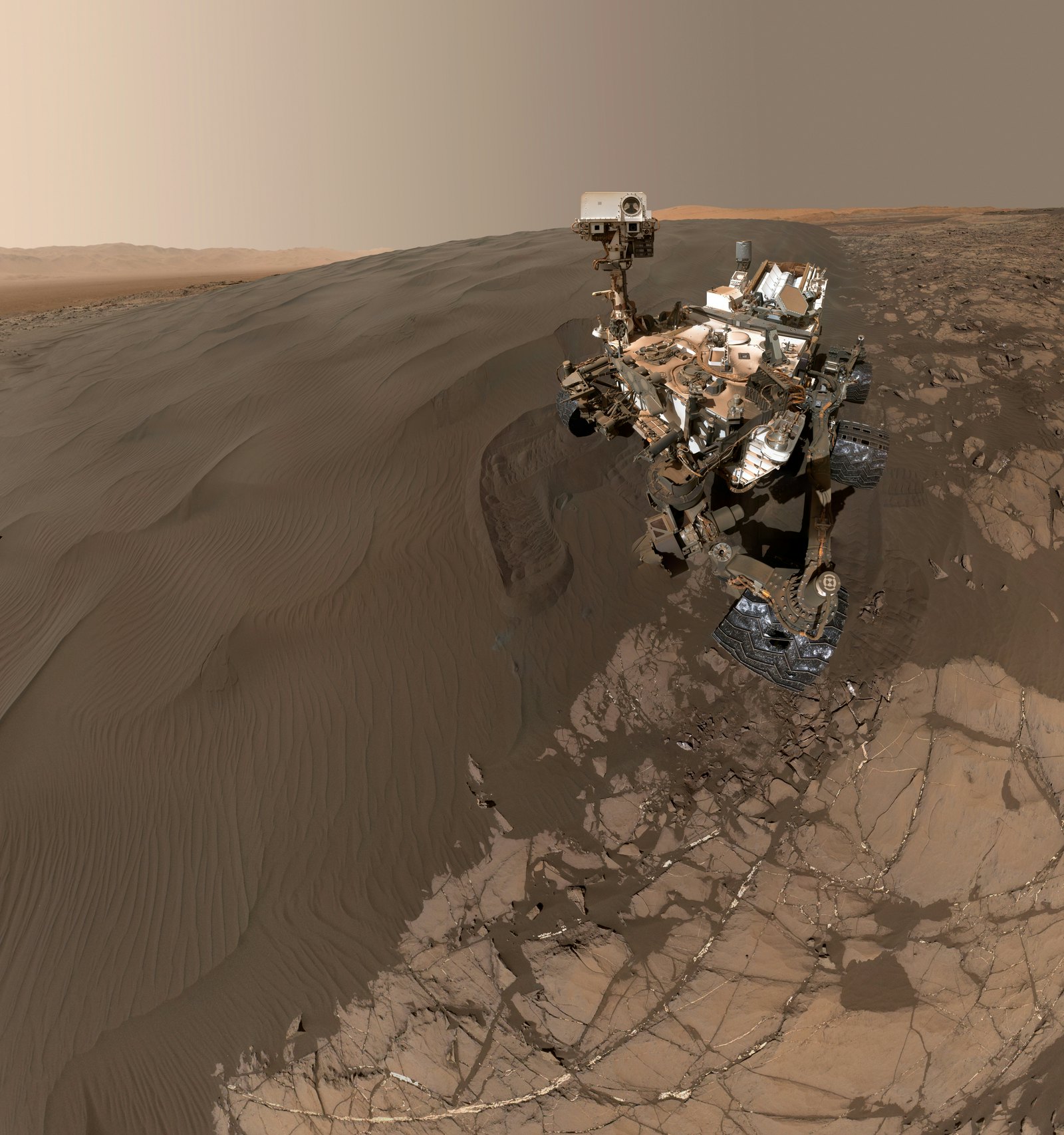
Curiosity is well-known for its selfies. The rover took this portrait from Namib Dune, located along the northwestern flank of Mount Sharp.
This image shows most, but not all, of Curiosity’s body. “The view does not include the rover's arm,” JPL officials wrote in an image description published on January 27, 2016. “The arm was positioned out of the shot in the images, or portions of images, that were used in this mosaic.”
The selfie is a mosaic of 57 images, taken on January 19, 2016 — Curiosity’s 1,228th sol — with a camera located at the end of the rover’s robotic arm called the Mars Hand Lens Imager (MAHLI).
Drilling into bedrock
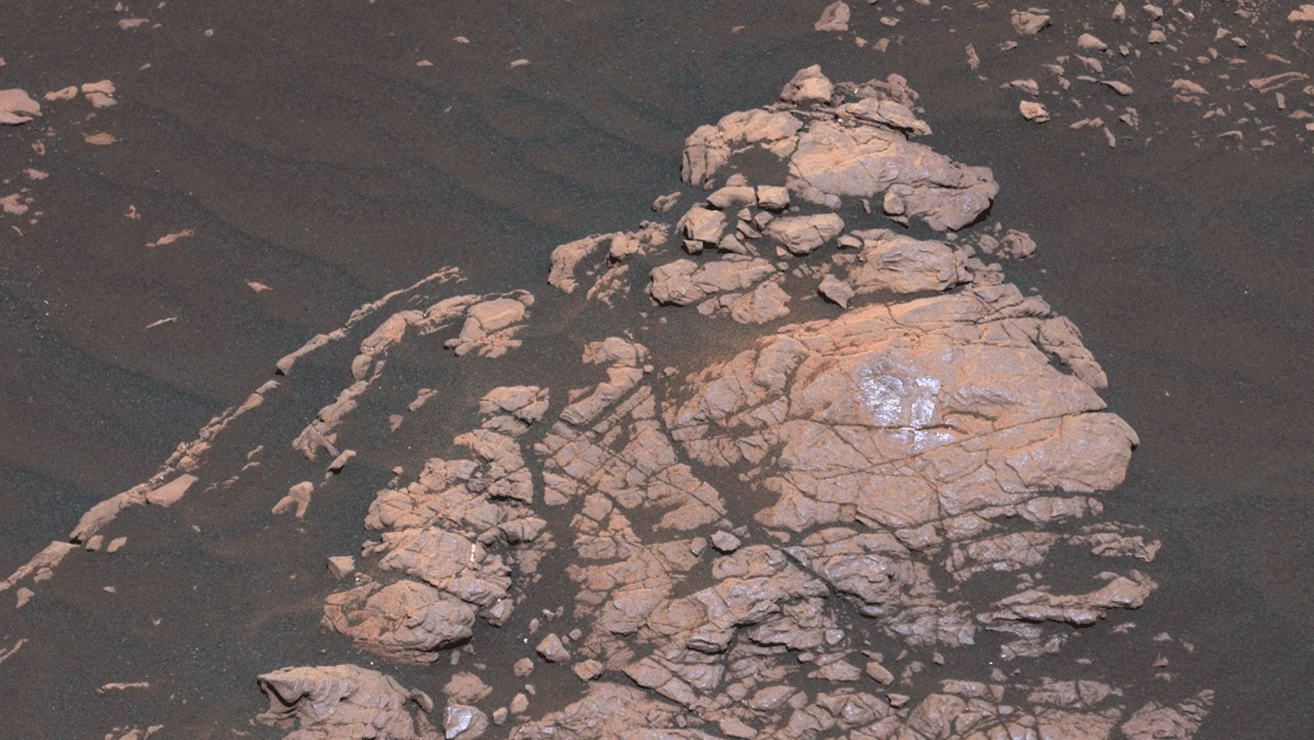
This Mastcam sequence shows the first time Curiosity drilled into the bedrock of a clay-bearing unit, a maneuver that the mission team had highly anticipated.
Curiosity is equipped with four spectrometers that can measure the chemical composition within rock samples. The one collected here on April 6, 2019 — the mission’s 2,370th sol — was called Aberlady.
Clouds over Mount Sharp
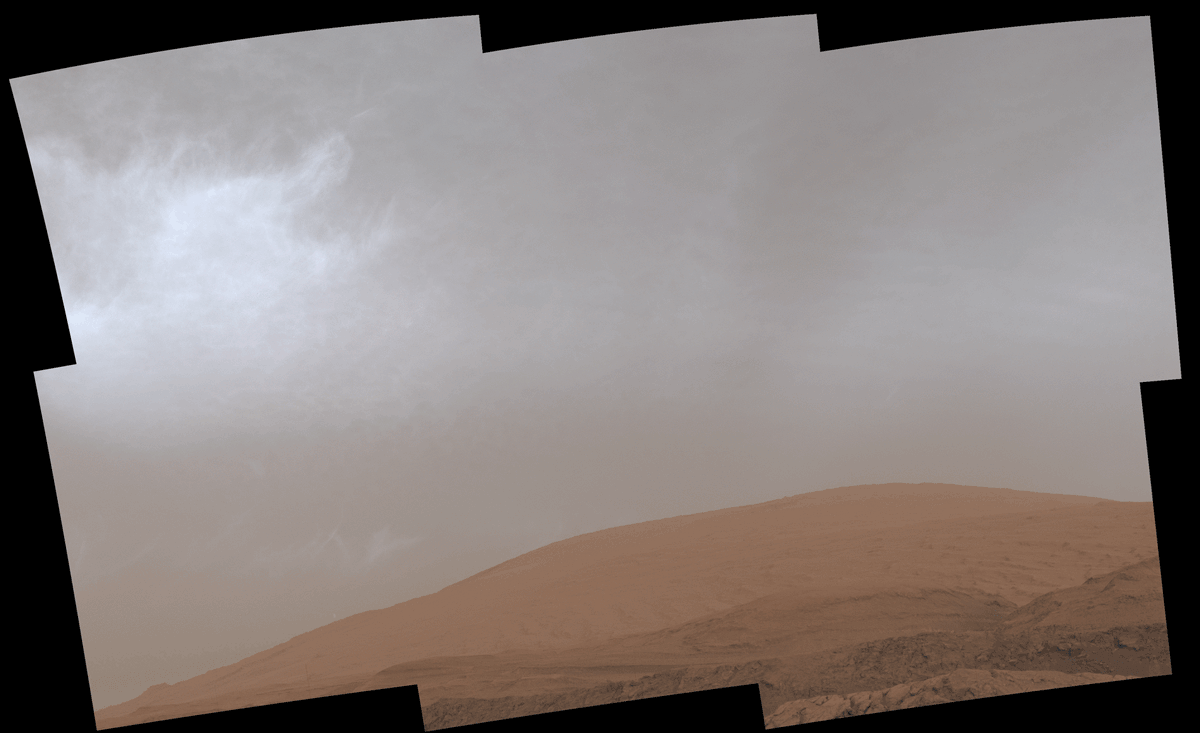
To gather scientific data, sometimes Curiosity has to look up.
Each frame in this scene is a mosaic of six individual images. They show clouds drifting over Mount Sharp on March 19, 2021, the 3,063rd sol of the mission.
Cloudy days are rare on Mars because of the planet’s thin atmosphere, but they can appear seasonally when Mars is farthest away from the Sun in its orbit, according to NASA. Curiosity’s images of the clouds helped scientists realize that clouds were much higher than most clouds which hover around 27 miles above the surface. Their larger altitude indicates they are made of dry ice (or frozen carbon dioxide) rather than water ice.
Rolling along
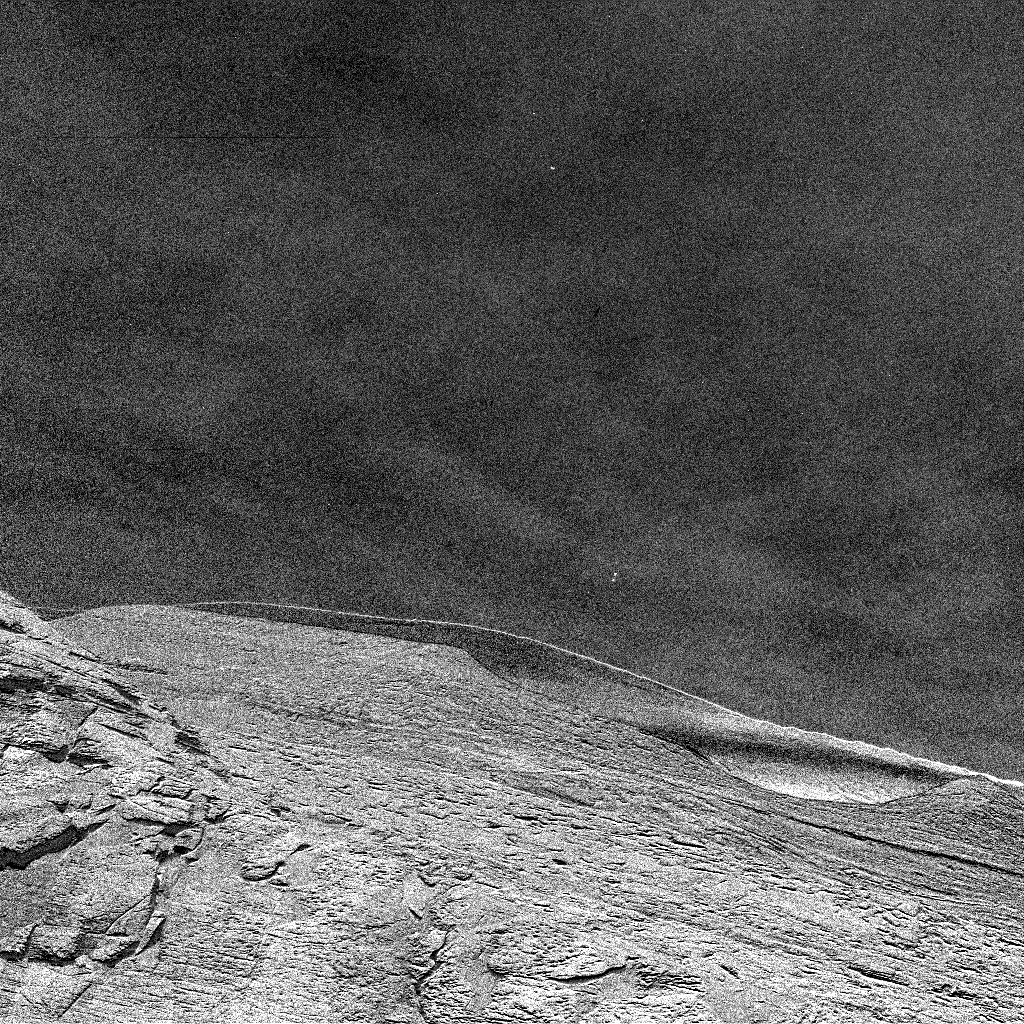
These clouds rolling along the Martian sky appeared to Curiosity’s navigation camera on December 12, 2021, the 3,325th sol of the mission.
This wasn’t easy, according to NASA. “Martian clouds are very faint in the atmosphere, so special imaging techniques are needed to see them,” according to an image description from JPL.
To get a clear, static background, Curiosity had to snap multiple images. “That allows anything else moving within the image (like clouds or shadows) to become visible after subtracting this static background from each individual image,” JPL officials added.
An Earthly perspective
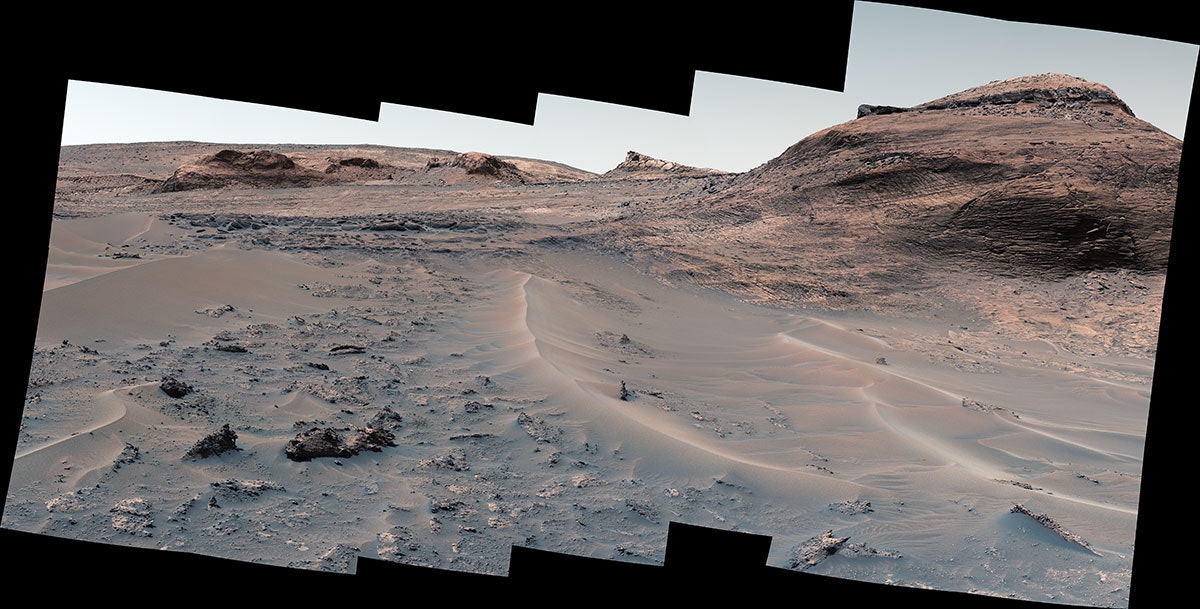
Mission team members adjusted the color in this image “to match the lighting conditions as the human eye would perceive them on Earth,” according to an image description published in 2022.
This scene is a mosaic of 23 Mastcam images captured near a hill called Bolivar on August 23, 2022, the 3,572nd sol of the mission.
Soon after reaching its 4,000th sol milestone, Curiosity went offline. From November 6 to 28, the mission team will await the end of solar conjunction. This is when Mars passes behind the Sun. During this time, Curiosity cannot communicate with Earth because the star’s plasma could interfere with sending commands.
But in a few weeks, Curiosity will continue its explorations.







